I discovered the Olympus 35 EC while looking for a 70s rangefinder alternative to the overpriced but highly lauded Olympus Trip 35. I was impressed at the specs of the Olympus EC line of cameras. They sport a battery operated light meter, a five element Zuiko 42mm lens, a shutter lock and an ISO setting up to 800 ASA.
Nicknamed ‘Elecon’ in Japan, the Olympus 35 EC was first released in 1969. Camera technology was rapidly improving to meet the demand for smaller bodies that had electronic shutters and built in light meters. Olympus introduced the EC and EC2 for those who wanted the ‘full frame’ results of 35mm with the simplicity of fully automatic settings and zone focusing. Better known cameras in this category from the late 60s and 70s include the Olympus Trip 35, the Minolta Hi-Matic G, the Bierette VSN, the Konica C35V, the Russian FED-50 and Mikron-2, the Chinon 35, the Lomo LC-A, the Olympus XA series and the Rollei 35s with scale focusing.

I’m not a huge fan of zone focusing but the viewfinder allows you to see the distance settings as you focus the lens. The build quality is great and it has a nice weight to it with a clean top plate and quiet shutter. While it probably appeals to street photographers, I like to take it out on a short hike or a walk around town.
Zone focus cameras were aimed at amateurs that wanted a simpler way to take pictures. The shutter speed and aperture are set automatically. These features allow you to focus using simple distances in feet, without worrying about the technical details. It takes a little practice, but zone focusing can be easier and faster than focusing with a true rangefinder when shooting street photography.
The approximate distances are shown in the Olympus 35 EC viewfinder using four symbols: close portrait (1 m / 3.3 ft.), head and shoulders (1.5 m / 5 ft.), group shots (3 m / 10 ft.) and a mountain ( / infinity). For hyperfocal distance, set the lens to the ‘group shots setting’, and everything from five feet to infinity will be in an acceptable focus range. The EC2’s focusing ring clicks between ranged focal stops so you don’t have to worry about accidentally knocking it out of focus while shooting.
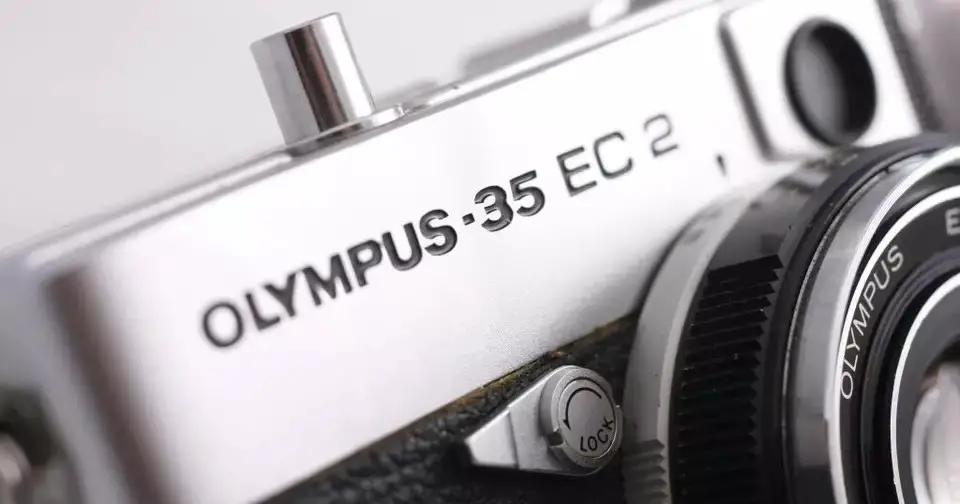
There are no manual settings on the Olympus 35 EC or EC2, but you can still stop up or down using the ASA (ISO) dial to change the film speed between shots. The ASA (ISO) range runs from 25 to 800. This is useful if you want to bracket your shots or compensate for backlight. For example, if shooting 100 speed film and your subject is backlit, move the dial to 50 ASA instead of 100. You stop down this way when using filters too. Just remember to return the setting to your original film speed when you’re done.
The electronic shutter (a Seiko ESF) is automatically controlled and cocked when you press the button. Take a shot, wind on to the next frame, and you’re ready to press the shutter again. Easy. The camera has a shutter lock feature on the front that prevents unwanted exposures. This also helps the battery to live longer. Flip it up to shoot; push it down to lock the shutter.
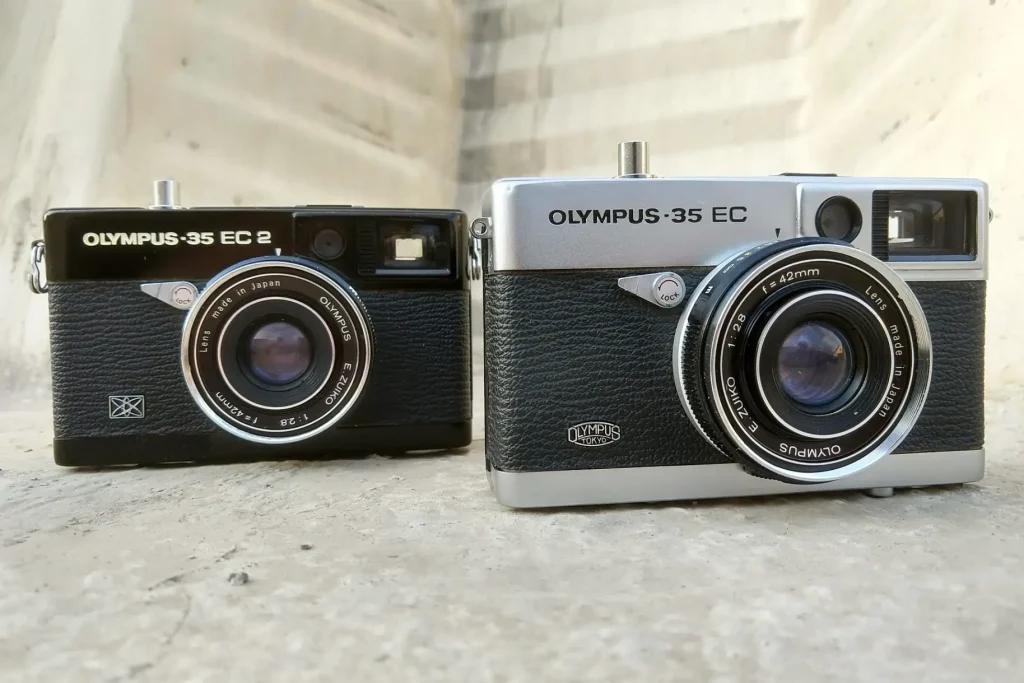
There are two indicator lights on the Olympus 35 EC and EC2. An orange light on top of the camera and in the viewfinder acts as a battery check feature with a half press of the shutter release. It will also briefly light as a slow shutter speed warning if the speeds are between 4 seconds and 1/30 of a second.
In the Olympus EC, a blue light in the finder will appear when a flash is mounted and required to take proper exposures. This same light is green in the EC2. Both cameras offer the ‘flashmatic’ system. Just match the GN (guide number) of the flash you’re using to the numbers on a ring on the lens barrel, and the camera takes care of the shutter speed and aperture automatically.
There is a hot shoe on the top plate, a PC sync socket on the left side and a tripod socket on the base. Although it lacks a self-timer, the shutter button is threaded for use with a shutter cord for long exposures. A small wheel on the back is used to advance the film, which saves space and gives you one less thing to get snagged on in a coat pocket. The film rewind lever is on the bottom of the camera. The film winds on in the opposite direction of most other 35mm cameras – the roll is on the right and moves right to left. The Olympus 35 EC and EC2 also have big viewfinders with zone focus settings.
Photos
This first image s one of mine…
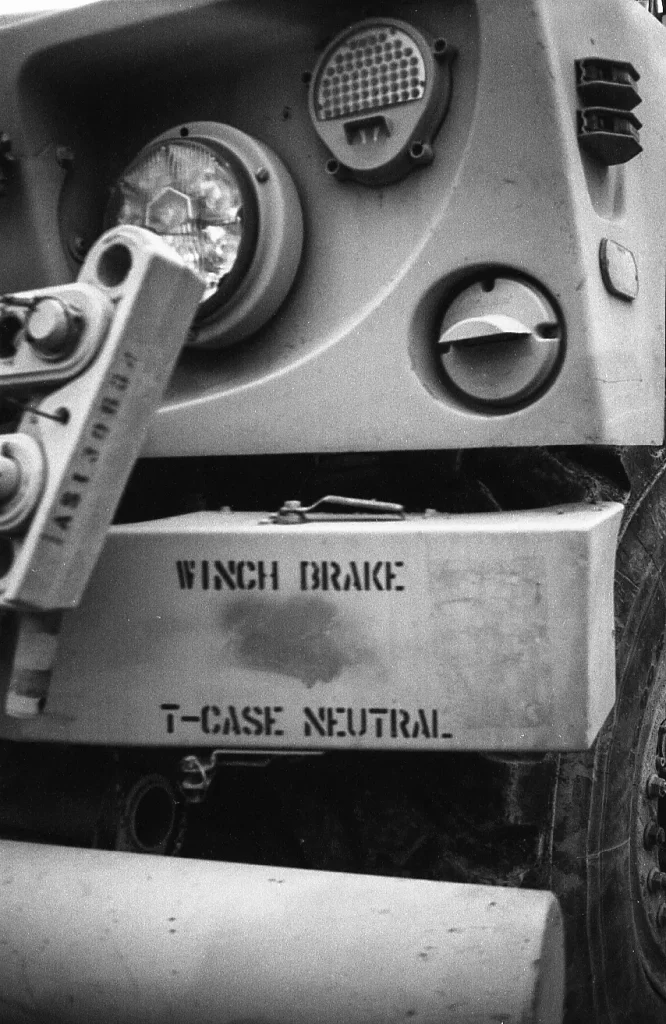
… but since I’m currently in Afghanistan and do not have access to my negatives, I got in touch with a few people I found on Instagram who also shoot with these cameras. Here are a few I was given permission to share.


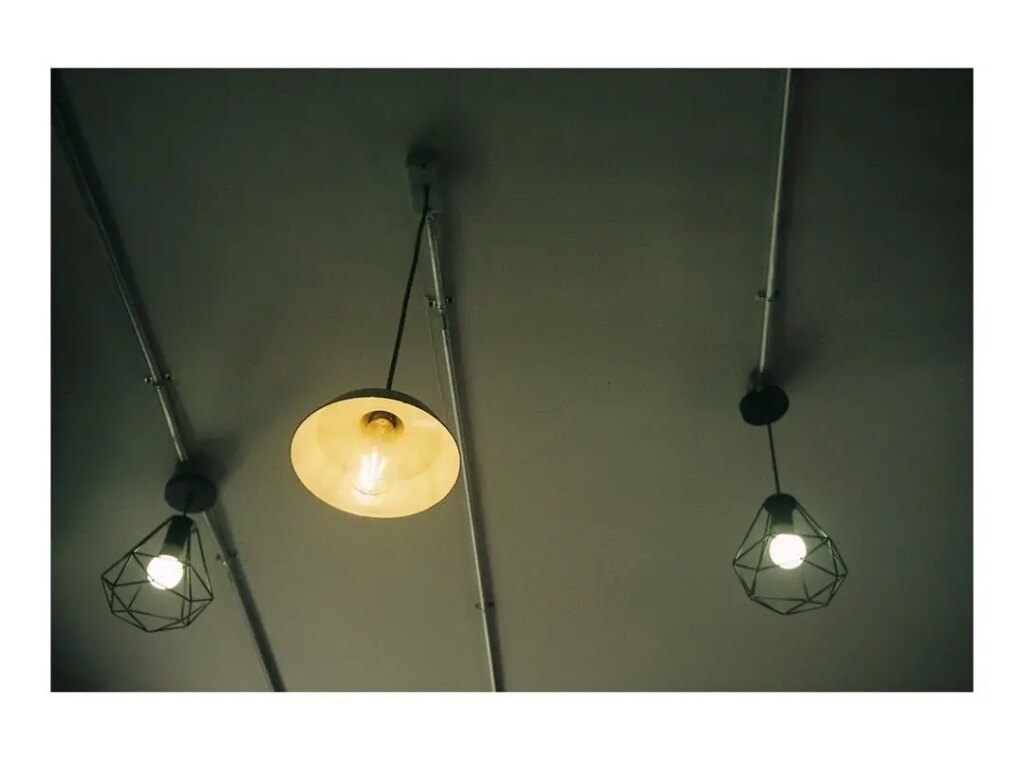

Olympus EC and EC2 Specs
- Lens: Zuiko 42 mm f/2.8 – 5 elements in 4 groups
- Focusing System: zone focus, rotating helicoid system, 3 feet to infinity
- Filter Mount: 43.5 mm (same as PEN and Trip 35)
- Meter: Cadmium Sulfide (CdS) type (battery operated)
- ISO: ASA (ISO) 25-800
- Shutter: Seiko ESF electronic shutter
- Exposure: fully automatic programmed system
- Flash Sync: with a hot shoe, 1/20 of a second via PC terminal
- Winding Mechanism: thumbwheel film advance – automatically cocks shutter too.
- Dimensions: 111 mm × 67 mm × 49 mm
- Weight: 410 grams
- Battery: 2 x 1.4v mercury battery HM-N type Mallory RM-640 or equivalent – (2 LR44/SR44 1.5v alkaline batteries on one side and tinfoil in the other side works well. Drop the ISO by one stop to compensate for the slight voltage difference).

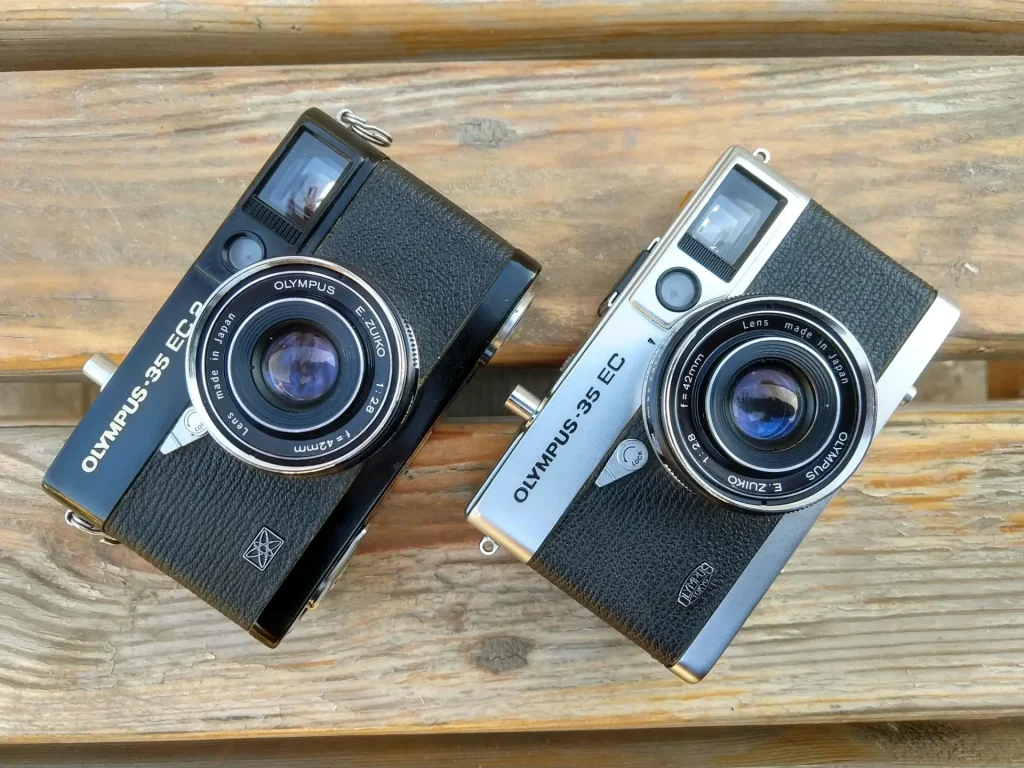
I really enjoy the high build quality and beautiful design of the Olympus 35 EC and EC2. Their quiet shutter and just right focal length of 42mm makes it ideal for street photography. Seeing the distance settings in the viewfinder is a nice reminder as I compose the shot. Zone focusing at eye level is a feature I haven’t seen in similar cameras from this era. I also like the extremely sharp lens and it’s built in light meter that lets me relax a bit more than I usually would when using a manual focus, tripod mounted camera that requires me to constantly check the settings so I don’t ruin a shot. Unlike a lot of SLRs I use, there are no tiny levers or dials to lift up when setting the ISO, and I really appreciate the thumb wheel and user-friendly controls. The Olympus EC and EC2 are two cameras I’m going to use a lot more often.
Share this post:
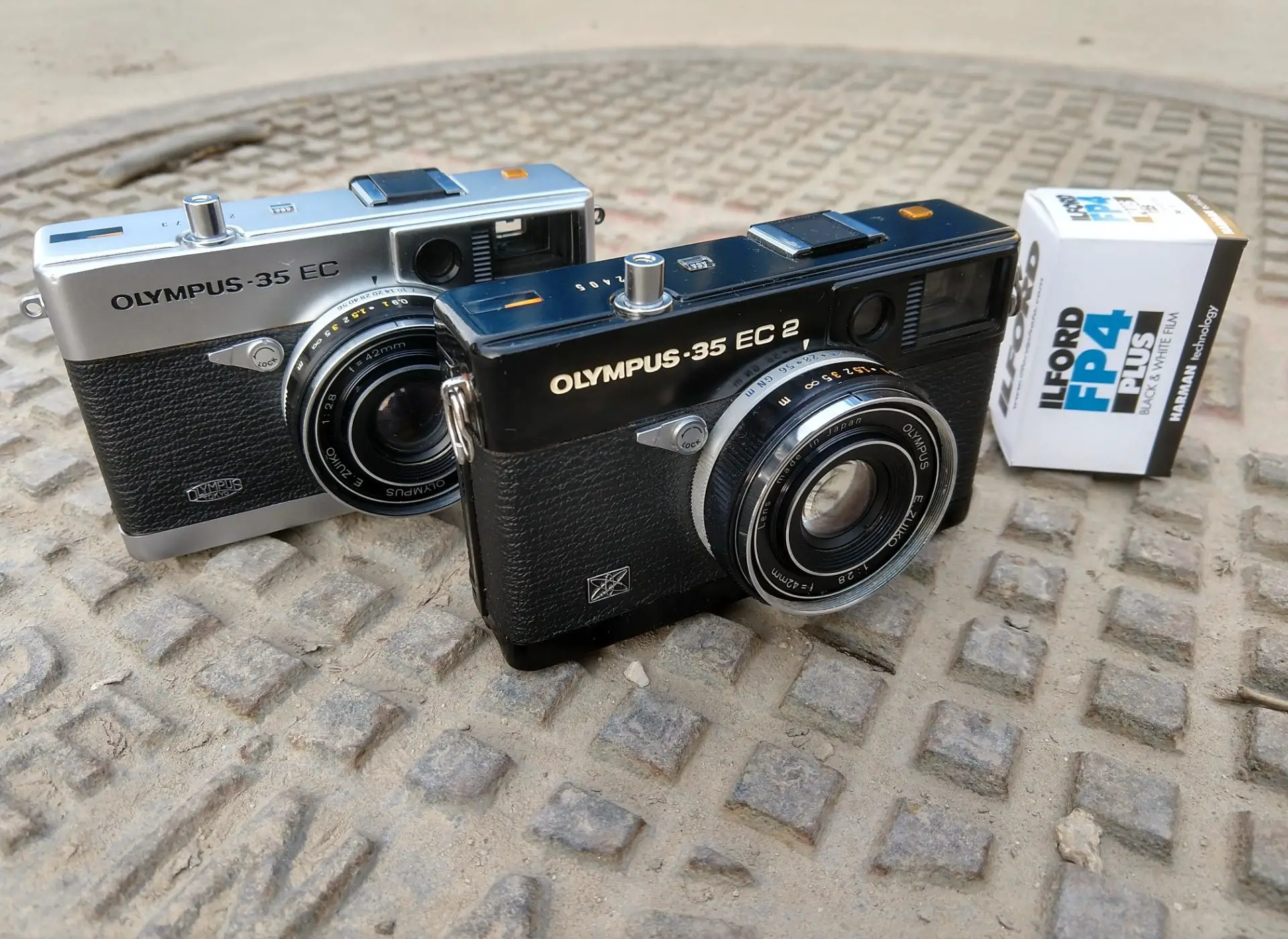








Comments
Bob Janes on Olympus 35 EC and EC2 Review – An Alternative to the Trip 35 – By Michael Sherman
Comment posted: 16/03/2021
Comment posted: 16/03/2021
davesurrey on Olympus 35 EC and EC2 Review – An Alternative to the Trip 35 – By Michael Sherman
Comment posted: 16/03/2021
Currently I have a Trip, Pen EE2, RC, RD and an SP as well as an ED. And although the most capable one is the 35SP my favourite has to be the RD. But each to his own.
Some great shots there. Keep safe where you are.
Comment posted: 16/03/2021
Comment posted: 16/03/2021
davesurrey on Olympus 35 EC and EC2 Review – An Alternative to the Trip 35 – By Michael Sherman
Comment posted: 16/03/2021
I just had a quick look and the RD does go for a bit more than the RC, at least on ebay UK, but as always there are those who expect crazy money which are to be avoided.
Huss on Olympus 35 EC and EC2 Review – An Alternative to the Trip 35 – By Michael Sherman
Comment posted: 16/03/2021
Comment posted: 16/03/2021
Comment posted: 16/03/2021
davesurrey on Olympus 35 EC and EC2 Review – An Alternative to the Trip 35 – By Michael Sherman
Comment posted: 16/03/2021
Comment posted: 16/03/2021